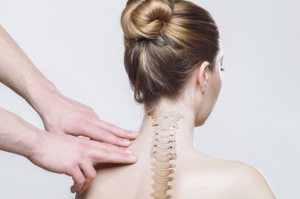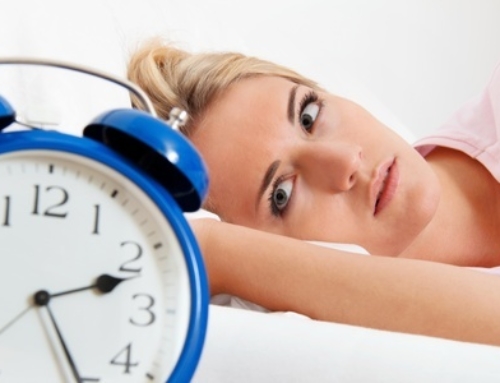
Some patients who have come to see me have had surgeries and have asked me what I can do to help them. I can help, but only after you have clearance for treatment, of any kind, from your surgeon. If this surgery was a replacement, meniscus, rotator cuff or labrum, ligament repair I can help with the recovery in conjunction with physical therapy. Once that is established, I can look at how the muscles function after the surgery. Most orthopedic surgeries are usually performed on bones, cartilage or tendons. Rarely are they performed on a muscle. Muscle function is a necessary piece to a total or the best recovery.
Once the body has had surgery or arthroscopic surgery it treats this necessity as an injury it must recover from. Many of the patients that I treat, that have been cleared for care, have muscle function that needs to be addressed to assure the best recovery. Many times, the problem that made the joint or tissue to be severely injured may have been muscle imbalance over a long period of time. This muscle function is especially important in proprioception.
Proprioception is a neurological function that involves how you orient in space and how your brain knows where and what is happening in every activity. Imagine that there are nerve receptors in ligaments, tendons and muscles that send signals to the brain in milliseconds so the brain can send an impulse to relax or contract a muscle to perform with all other muscles of the body. Your ability to stand without falling down because of losing balance is proprioception. If you stand with your legs together and stick out your arm the body must balance that throughout itself, so you do not fall over. To feel it inside of you working just stand and stick out your arm. Notice that other muscles on the other side of the body contract to keep you up right. Then let that relax and see how you fall to the side of your outstretched arm. That is under control of the proprioceptive nervous system.
Why is this important to orthopedic surgery recovery? The brain needs the correct information to stabilize and protect the joint during activity. Your muscle system is the most highly innervated system of the body. Meaning that your muscles have more nerves connected to it than a vast majority of other tissues. If these muscle receptors are off, your proprioceptive system must do its best to accommodate this. It will compensate with rigor (stiffness and tightness) of muscles at the expense of making other muscles become slack. This will affect not only the joints in which these altered muscles are connected to but will have effects throughout the body. When joints have some loss in the efficiency of this system, they can put more strain on a joint which can put more strain and even affect the circulation to the joint. Proper circulation is a necessity to any and all recovery.
Applied Kinesiology is a perfect diagnostic tool to find which muscles have lost their proprioceptive qualities and why. Joints are affected by spinal misalignments, other joint articulation issues, especially articulations of the feet, diet, nutrition and the Chinese Meridian System. The ability to turn on the lost protection of the body and its joints allows the nervous system to become better aware of the health of a joint because the information of the joint to the brain is the reflex cycle of proprioception of the body. In short, the brain and central nervous system can work best when the true information of the joint function is clear. If the brain and central nervous system are aware of a problem and the signals are correct it can quickly make changes for the better.
The most important thing in recovery is to get the joint restored to its most possible state. Exercise is a great and perfect way to address not only the health of a joint, but it stimulates the proprioceptive system to become better. Sometimes despite the best efforts the joint may not recover to a level that you feel it can. Being able to test each muscle that surrounds the joint as to its proprioceptive abilities and then to find out why the muscle has lost this ability is what Applied Kinesiology addresses well.




